After all the frustrations and restrictions of the last few years, Spain is finally back on the map for British travellers. So where to go and where to stay? If you just want to drop and flop, a week or two in a resort hotel is fine, I guess. But after we’ve been cooped up in Britain for so long, it seems a shame not to see a bit more of the country – and the best way to do that is by splitting your trip between several of Spain’s splendid paradores.
Spain’s paradores date back to the 1920s, when the government came up with the bright idea of converting redundant historic buildings into high quality hotels. The purpose of the scheme was twofold: to restore the derelict castles, mansions, monasteries and convents that were strewn across the Spanish countryside, and to encourage regional tourism (many of these antique landmarks were in remote parts of the country). Despite Spain’s subsequent vicissitudes (the Civil War, and the dictatorship that followed), this innovative project survived and prospered. Today there are around a hundred paradores all over Spain, and several in the Canaries.
Paradores are smart but not too smart – comfy rather than flashy. If you don’t know what you’re looking for, it’s easy to miss them. Their branding is unobtrusive. They’re often a bit out of the way. I’ve stayed in paradores all over Spain, and I’ve met a few other Brits en route, but most Britons I know have never heard of them. They don’t know what they’re missing. Most of them are four star, some of them are three star, but the service is uniformly good, even in the more basic properties. The staff are invariably local, the in-house restaurants serve good regional food at reasonable prices, and most guests are weekend visitors from other parts of Spain. Not all paradores are in historic buildings. Some of the newer ones are modern, and though these places are fine for a short overnight stay, it seems a waste to linger any longer when you could easily be staying in a sumptuous palacio elsewhere.
It’s simple to plan ahead by consulting the official website (www.parador.es). Here you can preview every parador, compare prices and locations, and book your rooms direct. The most popular approach is to do it as a road trip, stopping off in several paradores for a few nights each along the way. The website suggests numerous routes (the Camino de Santiago Route; the El Cid Route; the Don Quixote Route…) but you can just as easily make up your own. And if you’d like a few tips to get you started, here are some of my favourites.
Alarcón
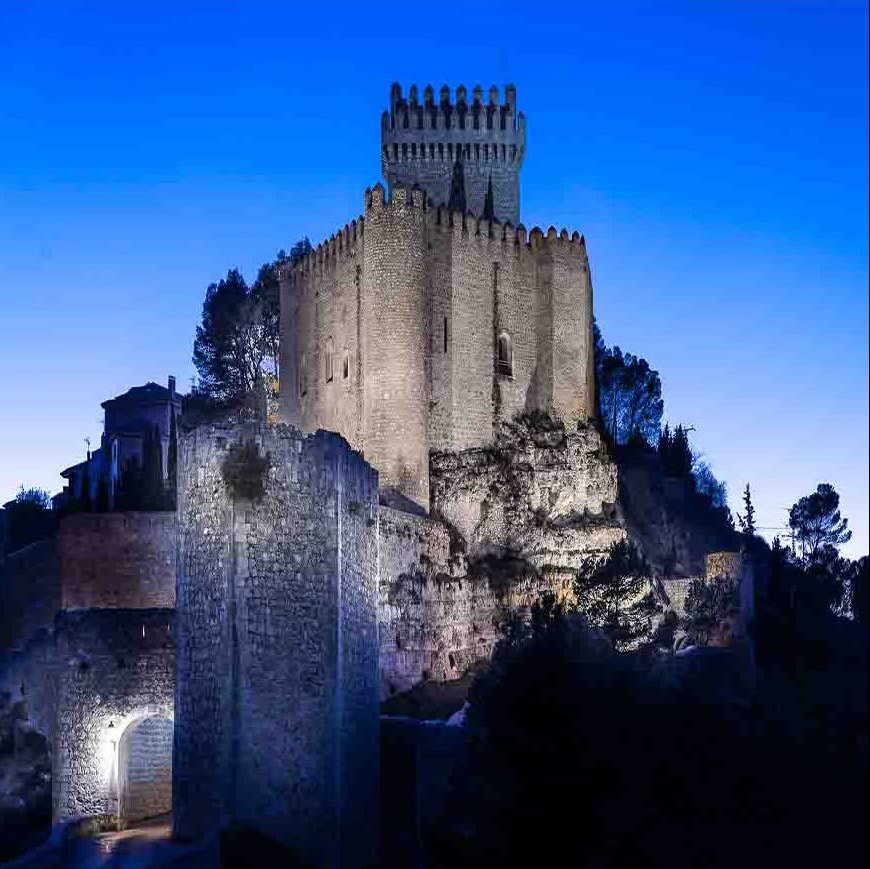
Built by the Moors way back in the 8th Century, this hilltop fortress was besieged countless times before it was finally reconquered by the Castilians in 1184. The town within its walls is tiny, and intensely atmospheric. This is the heart of La Mancha, and the countryside is wild and unforgiving. You’ll be hard pushed to find a more arresting place to stay in all of Spain.
Almagro
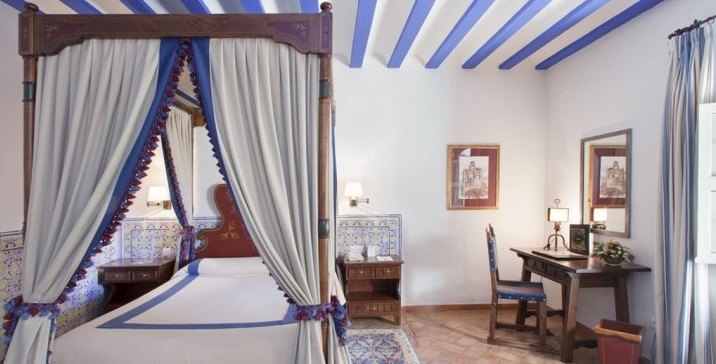
This handsome Castilian town is renowned for the Corral de las Comedias, its 16th Century theatre, but its 16th Century parador, originally a Franciscan monastery, is equally impressive. Built around a maze of courtyards, each bedroom has a garden view. Film buffs will recognise Almagro as the setting of Pedro Almodóvar’s finest movie, Volver, starring Penelope Cruz.
Ávila
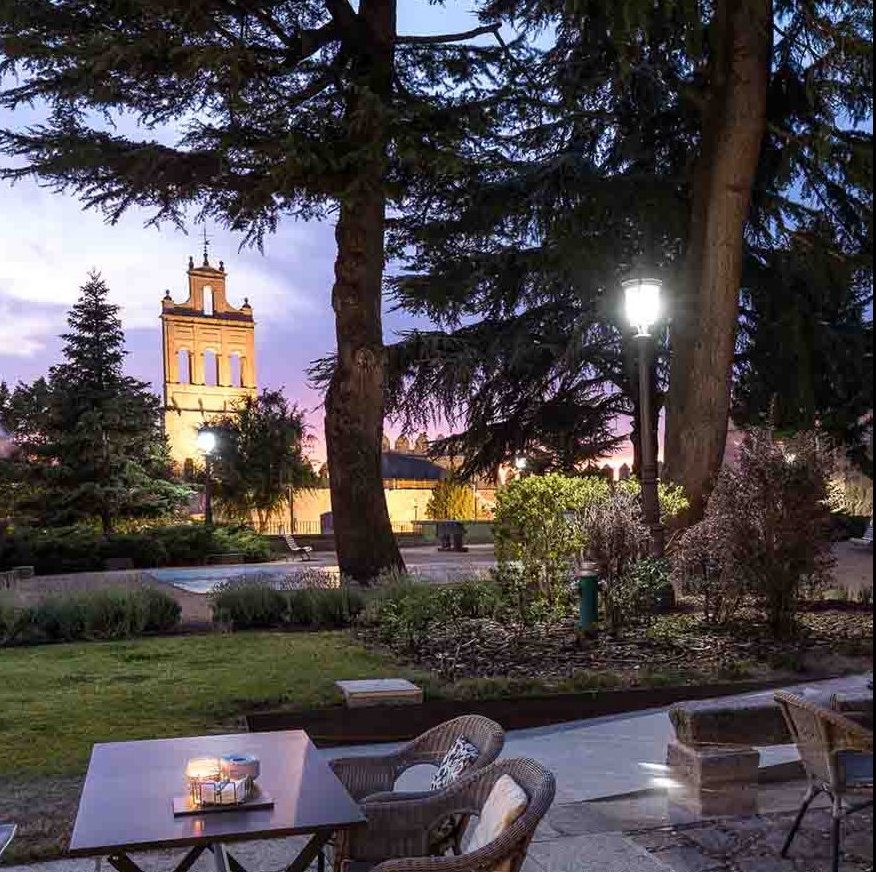
Pilgrims come to Ávila on the trail of Santa Teresa, one of the most revered women in Spanish Christendom. More secular travellers come to walk its medieval walls, built in the 11th Century by Moorish prisoners of war. Ávila’s parador, the 16th Century Palacio de Piedras Albas, abuts these monumental ramparts. Forty feet high, ten feet thick and more than a mile from end to end, they’re just as impressive today as they were a thousand years ago.
Cangas de Onis
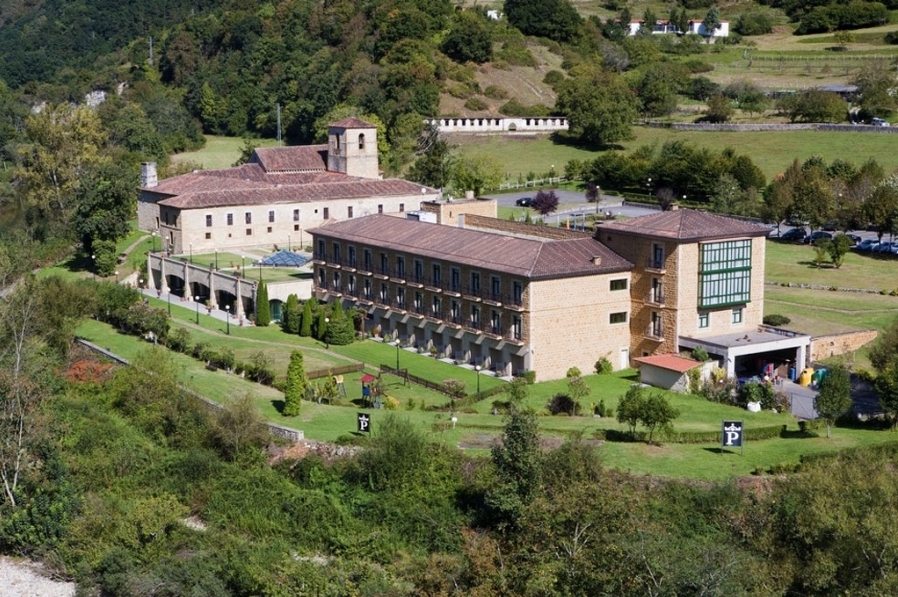
Cradled by the craggy peaks of the country’s most dramatic mountain range, the Picos de Europa, Cangas de Onis is a world away from our traditional idea of Spain. The temperate climate and the lush green landscape feel northern rather than southern European. This was the only part of Spain which was never conquered by the Moors. The Romanesque parador, in the old monastery of San Pedro de Villaneuva, is quite unlike any of the monasteries further south. The architecture feels almost Norman. The figures on the walls look like Vikings. A favourite resort for Spaniards seeking an escape from the summer heat, this is a side of Spain that most Britons never see.
Cuenca
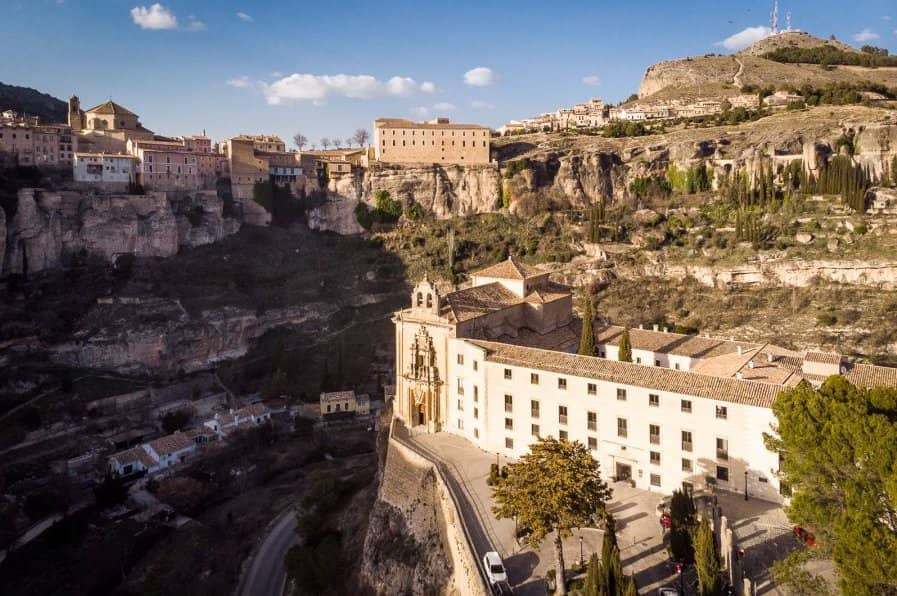
Perched on a rocky outcrop surrounded by deep ravines, Cuenca is one of Spain’s most spectacular cities. Its parador is housed in a former convent, linked to the Old Town by a vertiginous footbridge (don’t look down). The city is famous for its ‘hanging houses’, which cling to the cliff edge. One of them contains the Museo de Arte Abstracto, a wonderful museum of abstract art.
Hondarribia
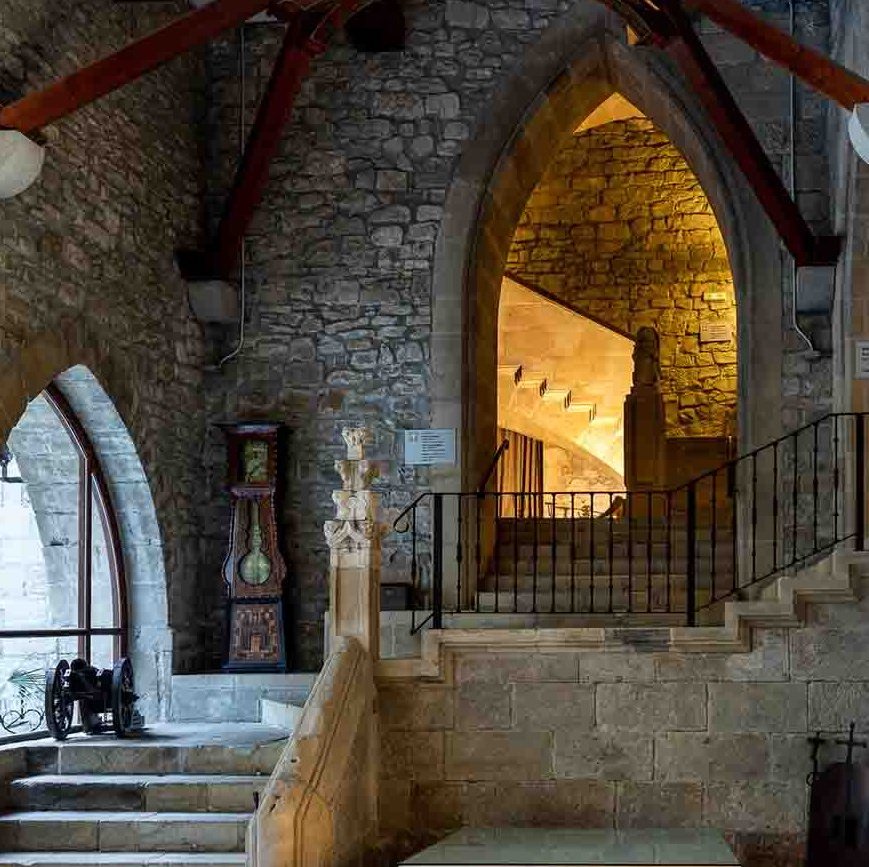
Housed in a 10th Century castle, Hondarribia’s robust parador guards the border between Spain and France. On the other side of the river that runs beneath its battlements is the French seaside town of Hendaye, with its beautiful sandy beach, but there’s plenty to see and do on the Spanish side of the border. A culinary mecca in the heart of the Basque country, Hondarribia is a great place to sample Pintxos, the Basque equivalent of Tapas.
Toledo
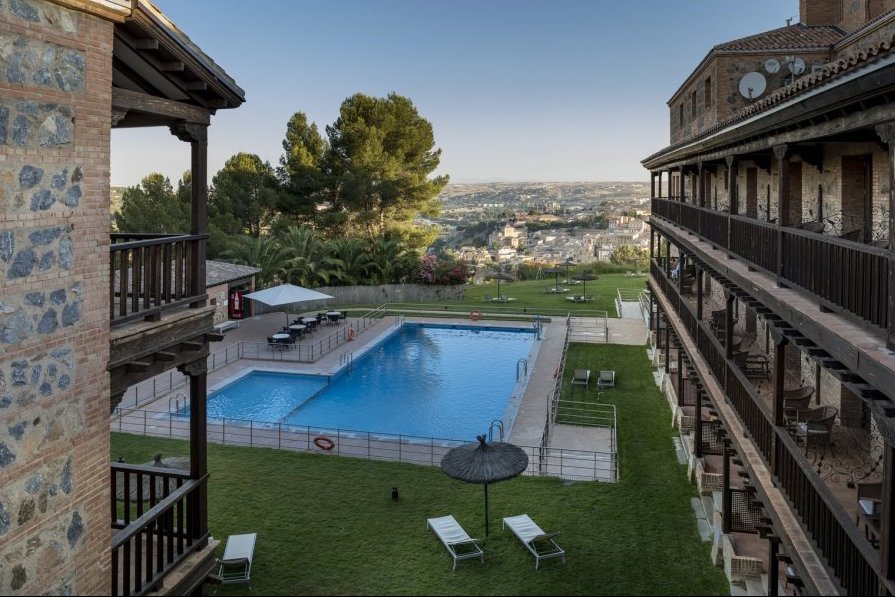
The parador in Toledo is modern, but the building is attractive, and its tranquil hillside location provides breathtaking views of the former Spanish capital down below. Toledo is an enchanting place to wander, especially in the evening, after the daytrippers from Madrid have departed. This is the gateway to La Mancha. Southern Spain lies spread out before you. The parador’s outdoor swimming pool is a superb place to cool down.
Trujillo
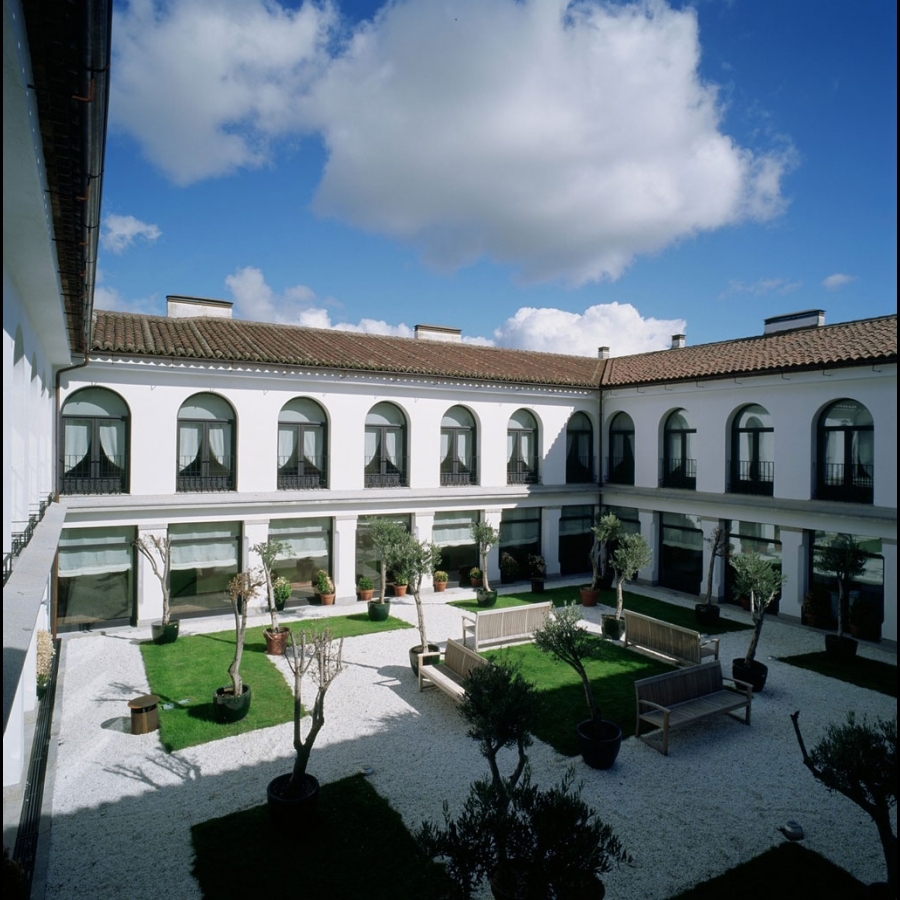
The most flamboyant town in Extremadura, Trujillo owes its wealth to a small band of conquistadors led by Francisco Pizarro. Pizarro was born here in 1478, crossed the Atlantic to seek his fortune, and ended up conquering Peru. Money from his adventures poured into Trujillo, and the town became a monument to his brutal, brilliant campaign. The parador, in a 16th Century convent, is an excellent base for exploring the arid hinterland beyond.

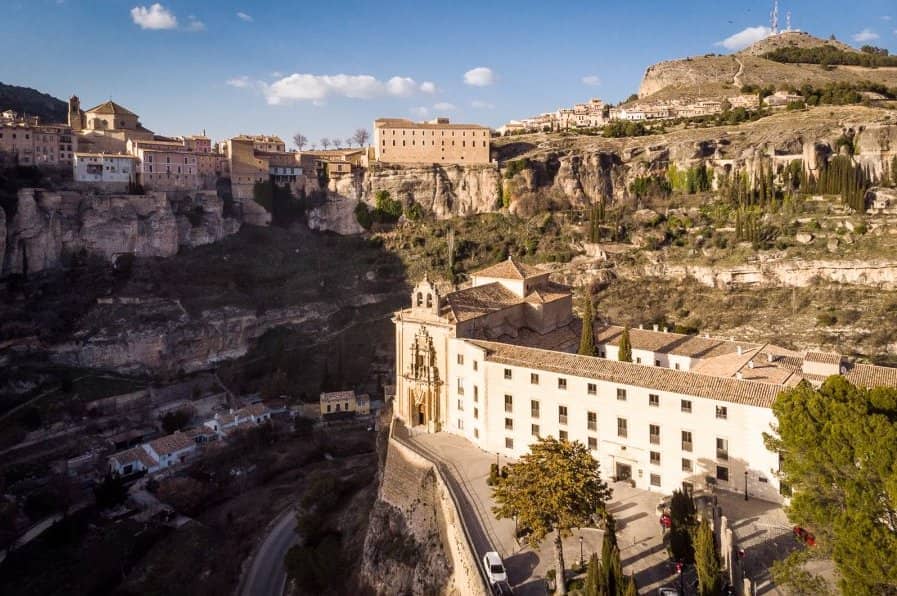




Comments